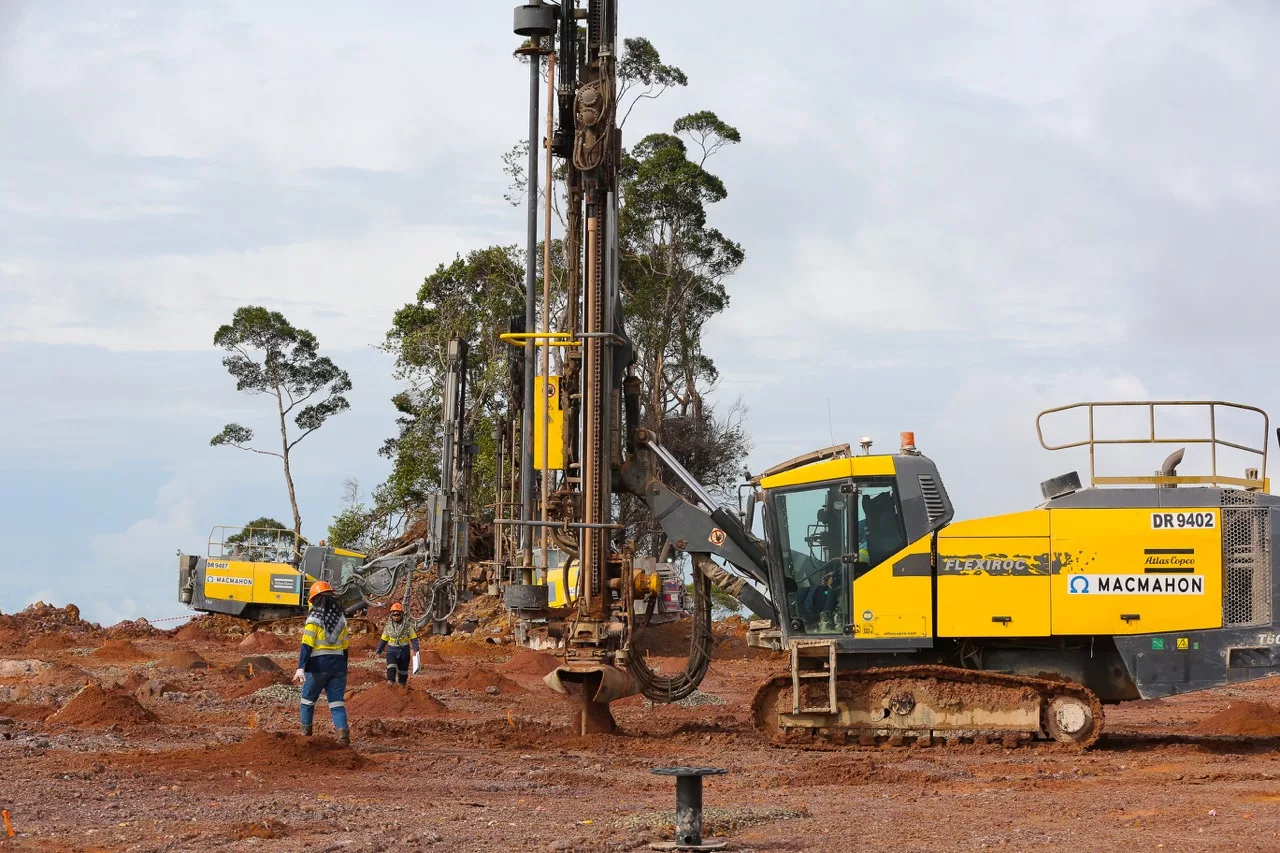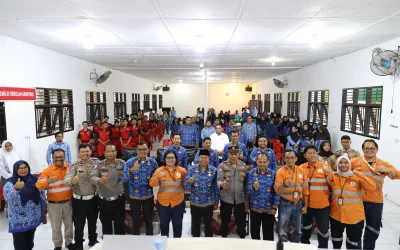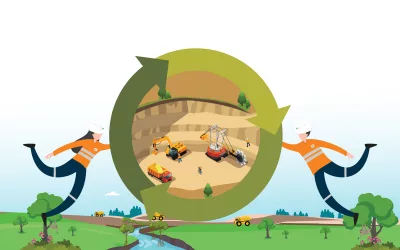Around 17% of the total metals’ mines were from underground mining excavation. This mining technique is more complex and more expensive than surface mining. But it has to be done when the minerals and ores are located too far underground to be mined efficiently using surface mining procedures. Several minerals that need to be extracted using underground techniques are lead, coal, gold, copper, platinum, and iron ore.
Underground mining involves a series of steps. The five main steps are to locate the mineral deposit, excavation, extraction, sorting, and processing.
Here, we talk about excavation methods that can be carried out in underground mining depending on the mineral mined and the deposits’ nature.
- Blast mining – drilled holes are filled with explosives to remove, loosen, and open the area. Each hole is drilled either by a handheld drill or drilling machine.
- Room and pillar mining – uses the construction of pillars to support ceiling weight while a team clears out the surrounding rock from around the pillars.
- Retreat mining – removes the pillars from room and pillar mining. As the pillars are removed, the mine collapses in on itself. This can be incredibly dangerous if not done properly.
- Block caving – requires a longer development stage, blasts the bottom of the rock which causes the ceiling to break up.
- Cut and fill – the ore excavation involves cutting horizontal slices into the ore body. Once excavated, the level is backfilled and moves up to the next horizontal slice or level.
- Drift and fill – used when the ore body is wider than the drift. Drift operations enter horizontally into the side of a mountain or a hill and are mined next to one another before backfilling the hole and excavating the next one.
- Longwall mining – commonly used in coal mining and involves the use of a shearer set on a kilometre long track to grind coal from the mine face.
- Shrinkage stope mining – highly productive method used to mine steep, uniform orebodies called stopes — a dugout tunnel that contains the ore that is being mined. Primary and secondary stopes are blasted throughout the ore body, with the primary stope being excavated and backfilled before extracting ore from the secondary stope.
- Sublevel caving – used on orebodies with a steep dip. Ore is extracted from the footwall, the rock found below the ore, to prevent fracturing. The ore body is blasted from the top down, while the rock on the hanging wall caves inwards.
While more technically challenging, underground mines do not have as large an environmental footprint as surface mines.
Before a site is excavated, ore body examinations must be employed to determine the precise deposit location to minimize damage as well as maximize efficiency. This saves unnecessary work and financial expenditure and helps mine planners select the optimal mining technique. Moreover, efficient mine planning helps to avoid cave-ins and other disasters that can endanger the lives of mine workers as well as damage the area. Overall, underground mining has a reduced environmental impact on the surrounding land, as the methods cause minimal disruption to wildlife habitats, landscape, and forestation around the mine.
However, underground miners are often at higher risk because earthquakes, fires, and other issues that can compromise the mines structural integrity and safety.







